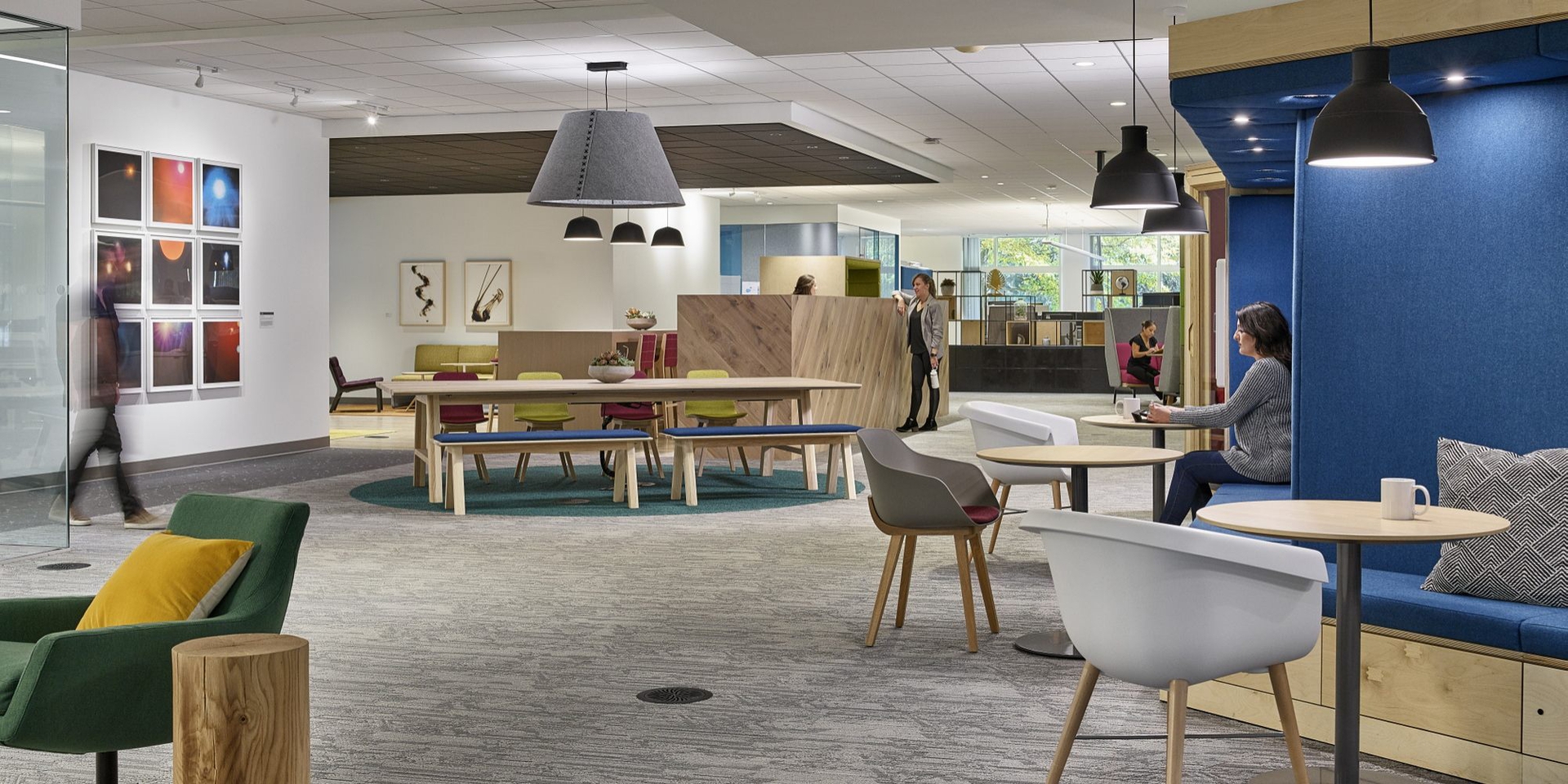
Human Connection
Modern life has left a increasingly large number of people isolated and anxious. Here we take a look at how a good workplace can help employees build meaningful human connections with one another.
The Value of Human Connection
Modern life has left an increasingly large number of people isolated and anxious. And while this isn’t primarily because of how we work, many workplaces do contribute to these problems. A good workplace, however, will help employees to build meaningful human connections with one another.
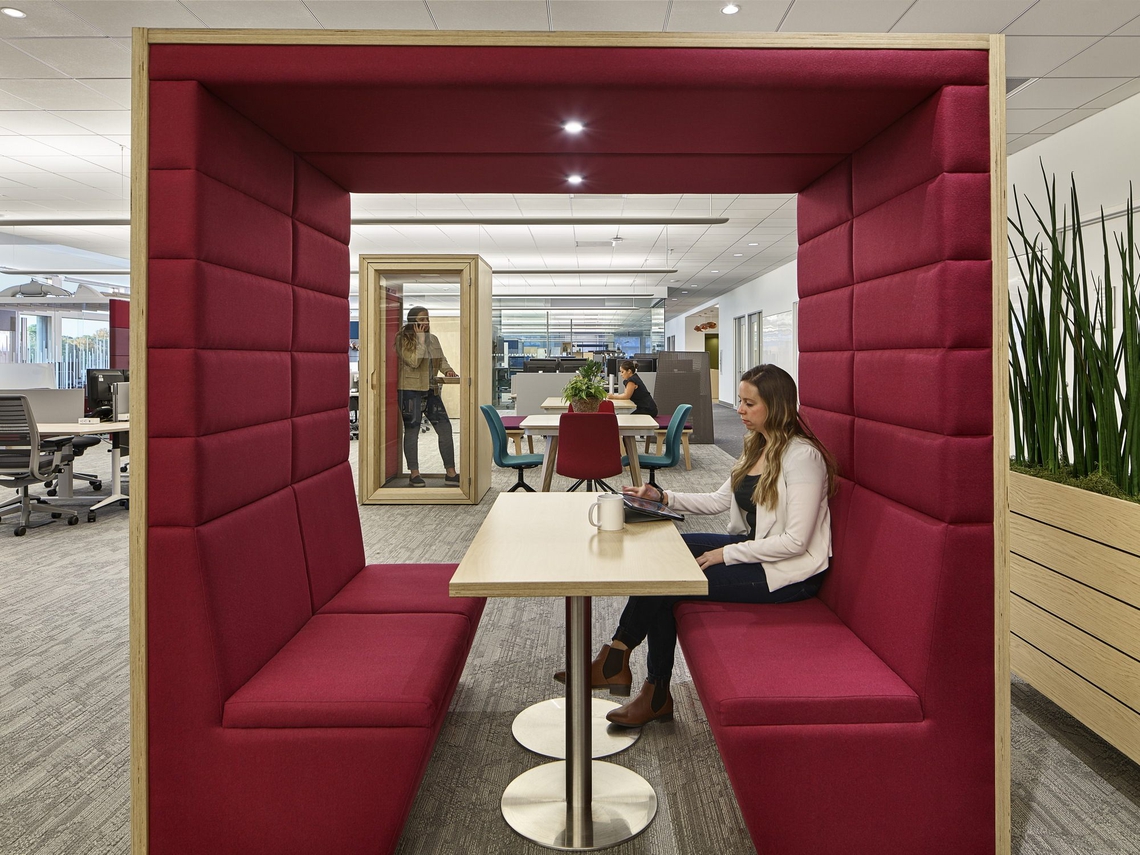
Technology Has Driven Us Apart
Western society is suffering from a loneliness epidemic at the moment, particularly among the young. The demands of always being online have contributed to heightened levels of anxiety, distraction, emotional detachment and interpersonal difficulties. We live in an age of atomization. We spend so much of our time online, and opportunities to make real connections with others, and to spend time together face-to-face, have grown rarer. Technology was supposed to connect us but in many ways it has driven us further apart.
Work can also drive us apart. A growing number of people work in satellite offices, or as freelancers from coworking spaces, coffee shops or their homes—which leads to a feeling of disconnectedness from their teams and their jobs. You can now work with somebody for years without ever having met them in person; in fact, it’s very common.

We Need to Interact More as a Result
In order to stave off employees’ loneliness and anxiety—and also to help them work more collaboratively and creatively—businesses need to create plentiful opportunities for interaction. And not just any interaction, but heartfelt, meaningful interaction.
Not only do more people now work in coworking spaces, it’s also increasingly common to live in shared accommodation well into adulthood. These days we live together and we work together—but simply occupying the same space is not enough. We need to build authentic human connections within those spaces. That’s where the workplace comes in.
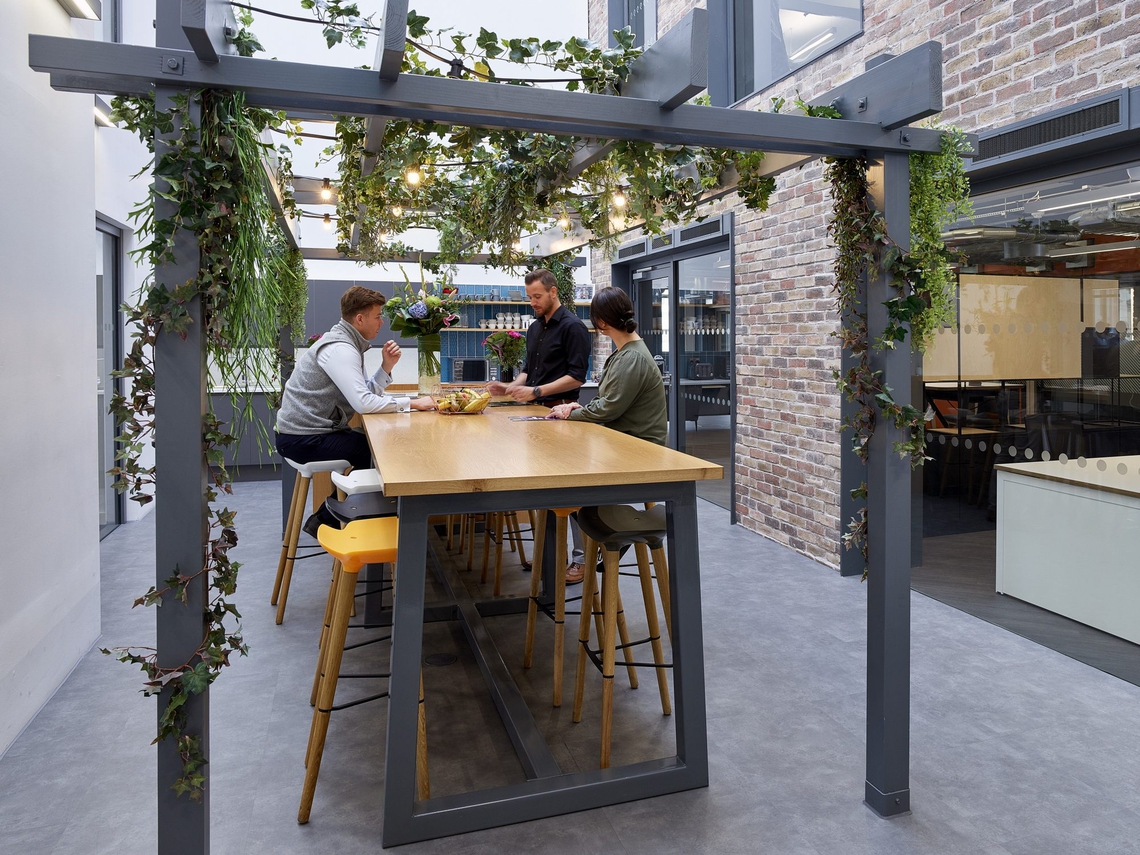
A Well-Designed Workspace Helps to Bring People Back Together
Meaningful human connection has become a valued luxury, and the workplace has become an important—perhaps the most important—site for making and maintaining such connections.
Today’s employees want the sort of workplace that allows them to make friends and meet likeminded folks. It should be thought of as a place for fostering connections and collaborations between people, and designed accordingly.
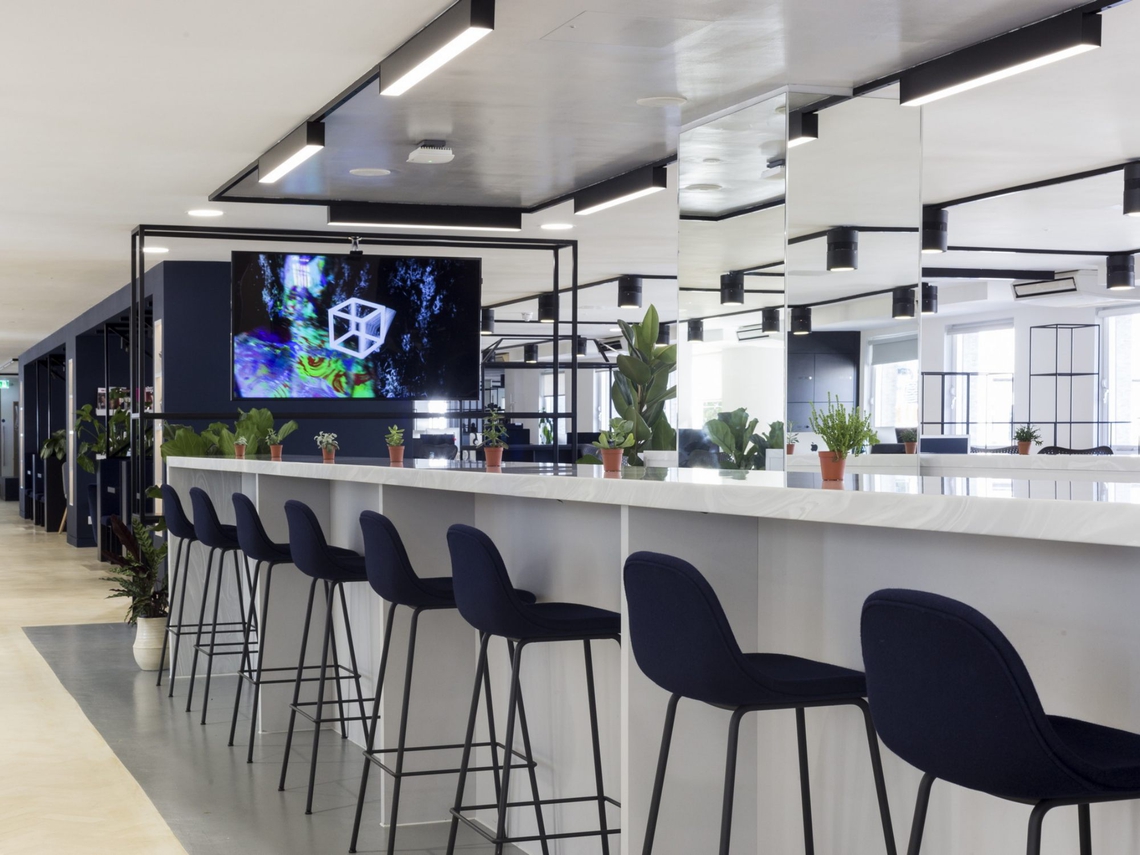
The Office Has Become a Communal Space
The modern workplace, as we’ve noted elsewhere, has become more like a shared home. It now includes communal spaces such as kitchens, café areas, sofa areas, quiet spaces and so on. Informal social spaces like these help to define a company’s culture and mood, and provide invaluable spaces for employees from different departments and teams to meet and chat.

Likewise, by creating neighbourhoods within workplaces (a topic we explore in more depth elsewhere in this issue), businesses can help communities to grow organically, which helps a great deal with team bonding. Offices should be spaces where we get to know one another and explore the many things we have in common.
This concept of “office as communal space” is one that can grow and grow, and foster a greater sense of wellbeing all around: some companies have even taken to sharing their premises with local small businesses, so that they’re more engaged with the surrounding community.
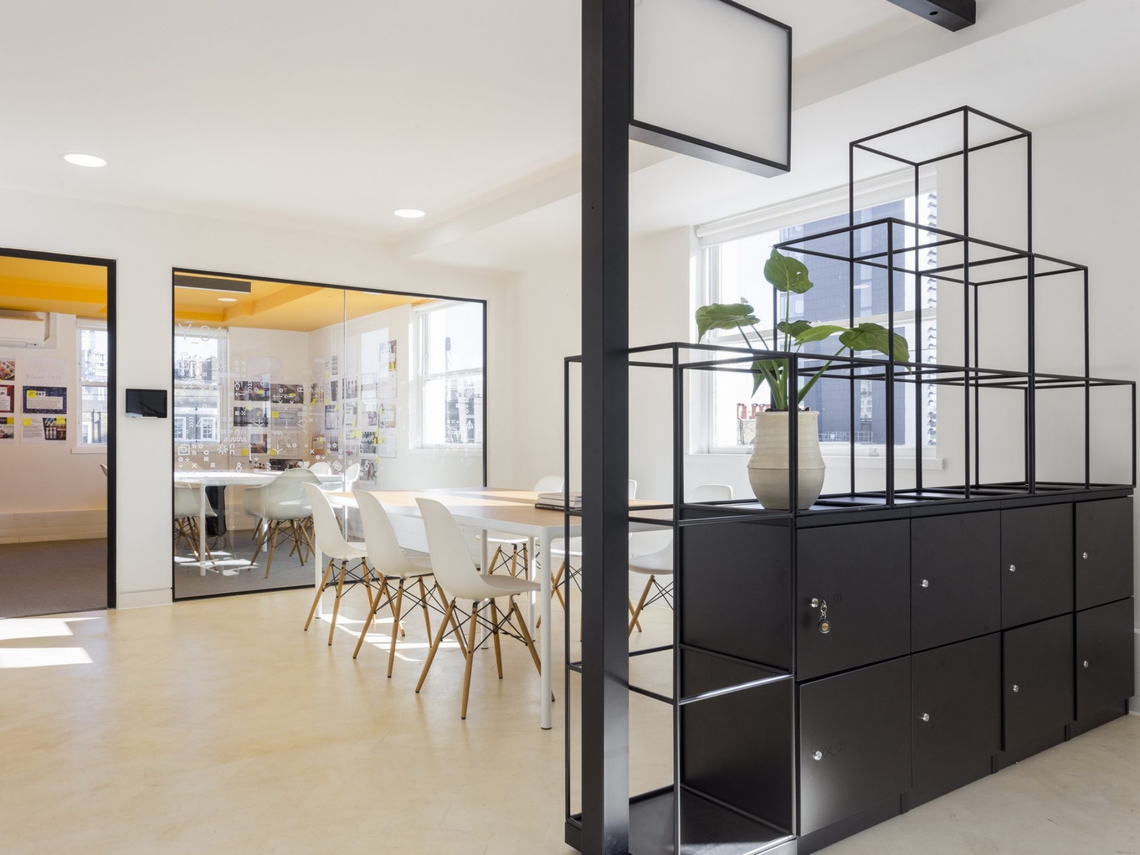
The Value of Human Connection
Among today’s workforce, wellbeing is increasingly valued just as much money, and so it’s more important than ever to provide a healthy work-life balance. Building human connections plays a massive role here.

Employees perform best when they understand one another, when they’re engaged with their colleagues, and when they have opportunities to connect with one another on the human level. This has many benefits for them: including lower levels of stress, loneliness and anxiety, and a happier, more optimistic outlook. Likewise, meaningful human connection brings many benefits for employers as well: such as higher levels of engagement, creativity, productivity and company loyalty. It helps everybody to better understand each other, from the top to the bottom.
Designers can be healers: they can help to build a better society and to create a revived sense of social responsibility.
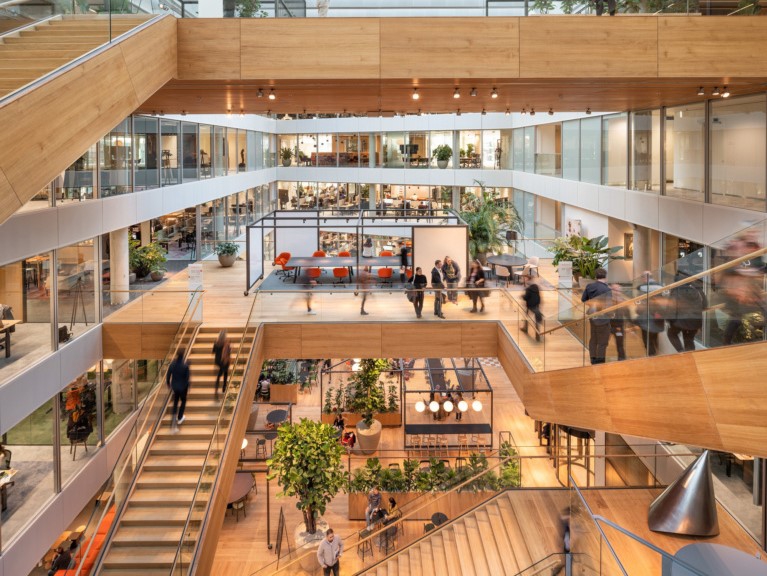
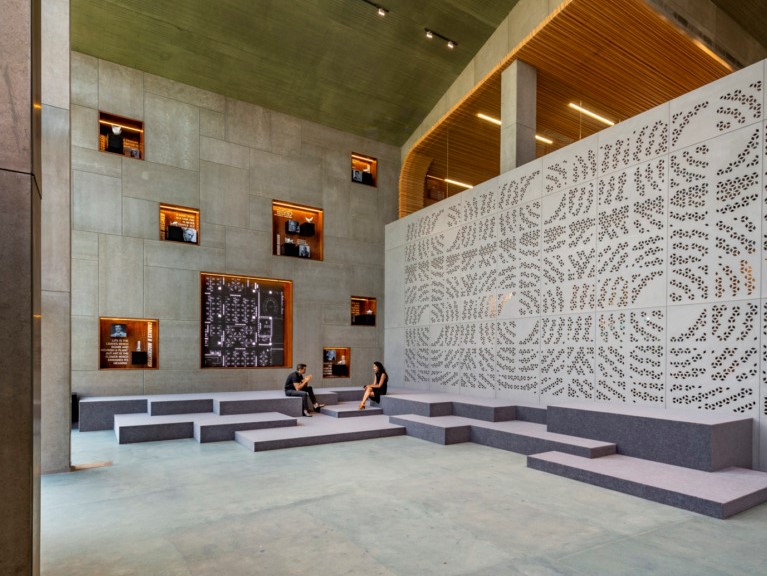
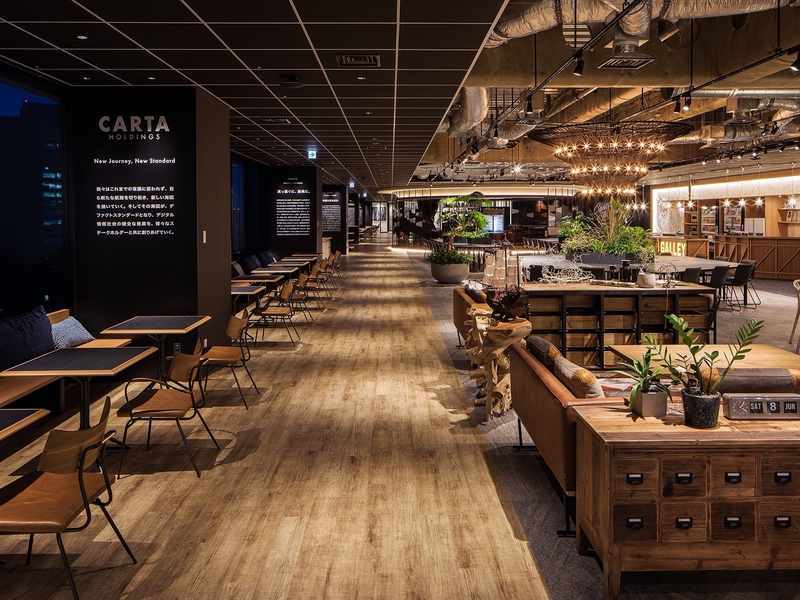
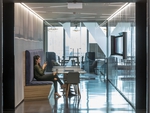
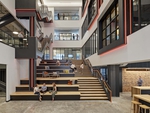

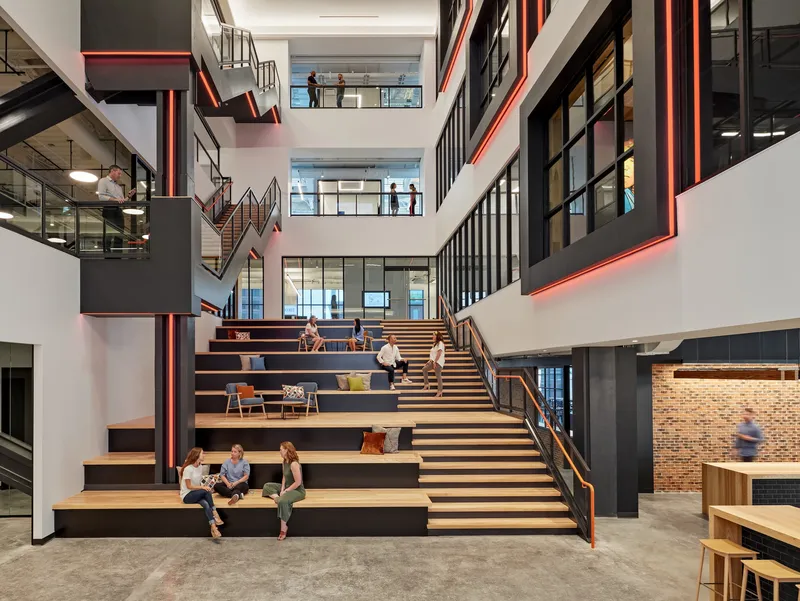
Rapid7 have recently worked with Interior Architects to design their new offices in Boston, a stunning space themed aro…
TECHNOLOGY & IT
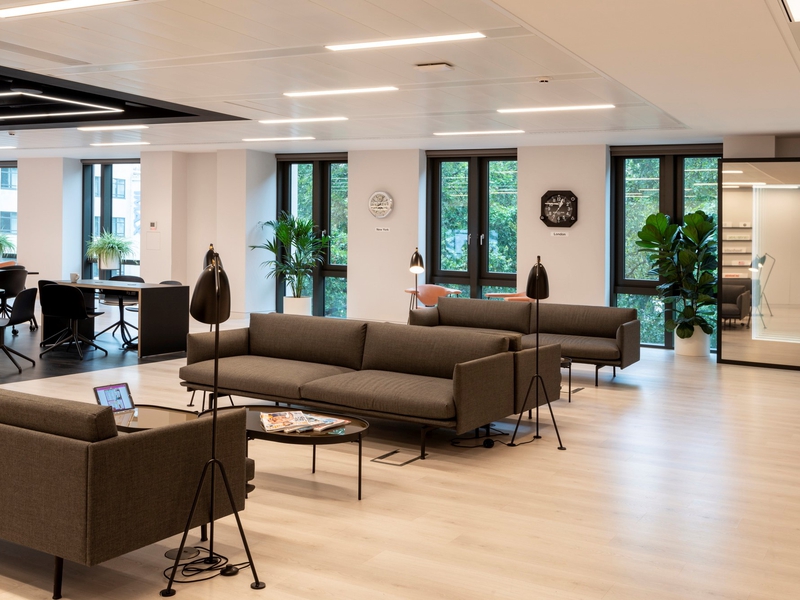
One of the world's leading publishers of stylish, modern magazines recently relocated into their new offices in Leicest…
SPORTS, MEDIA & ENTERTAINMENT
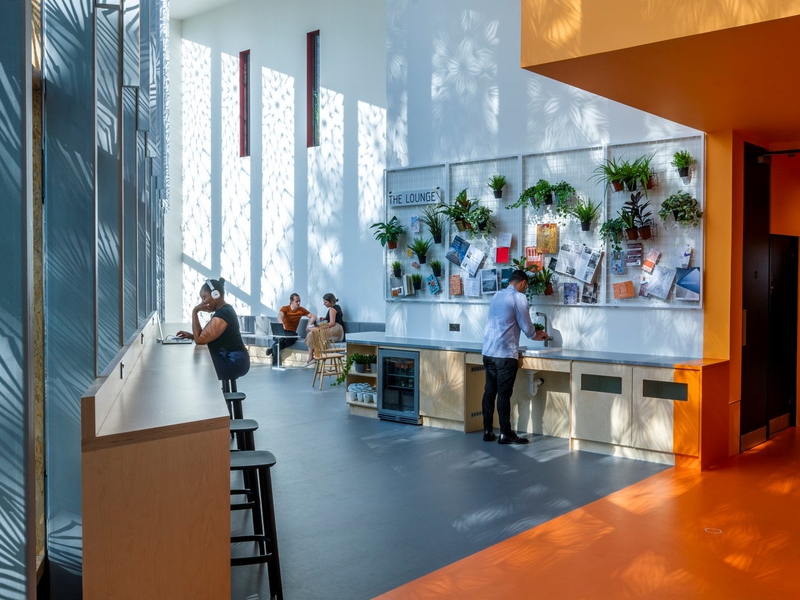
Established after the tragic killing of Stephen Lawrence in 1993, the Stephen Lawrence Charitable Trust has been set up…
NONPROFIT